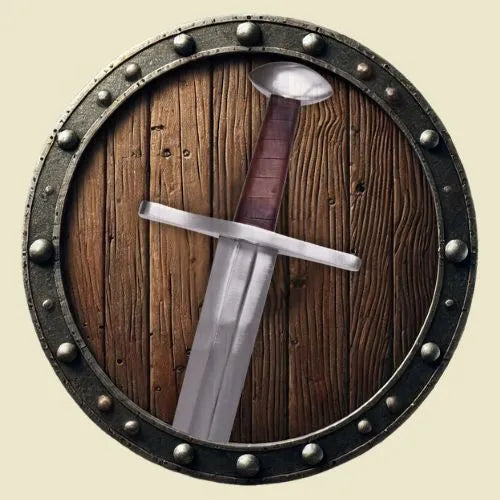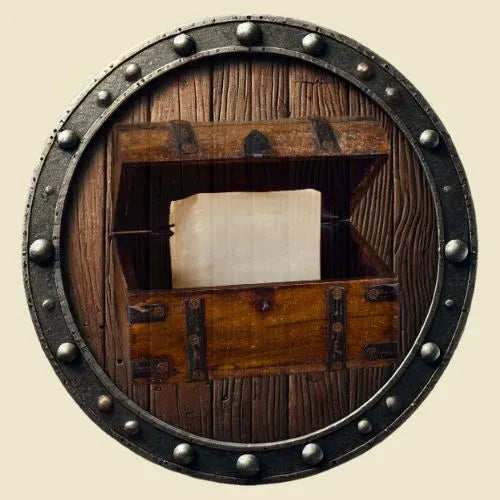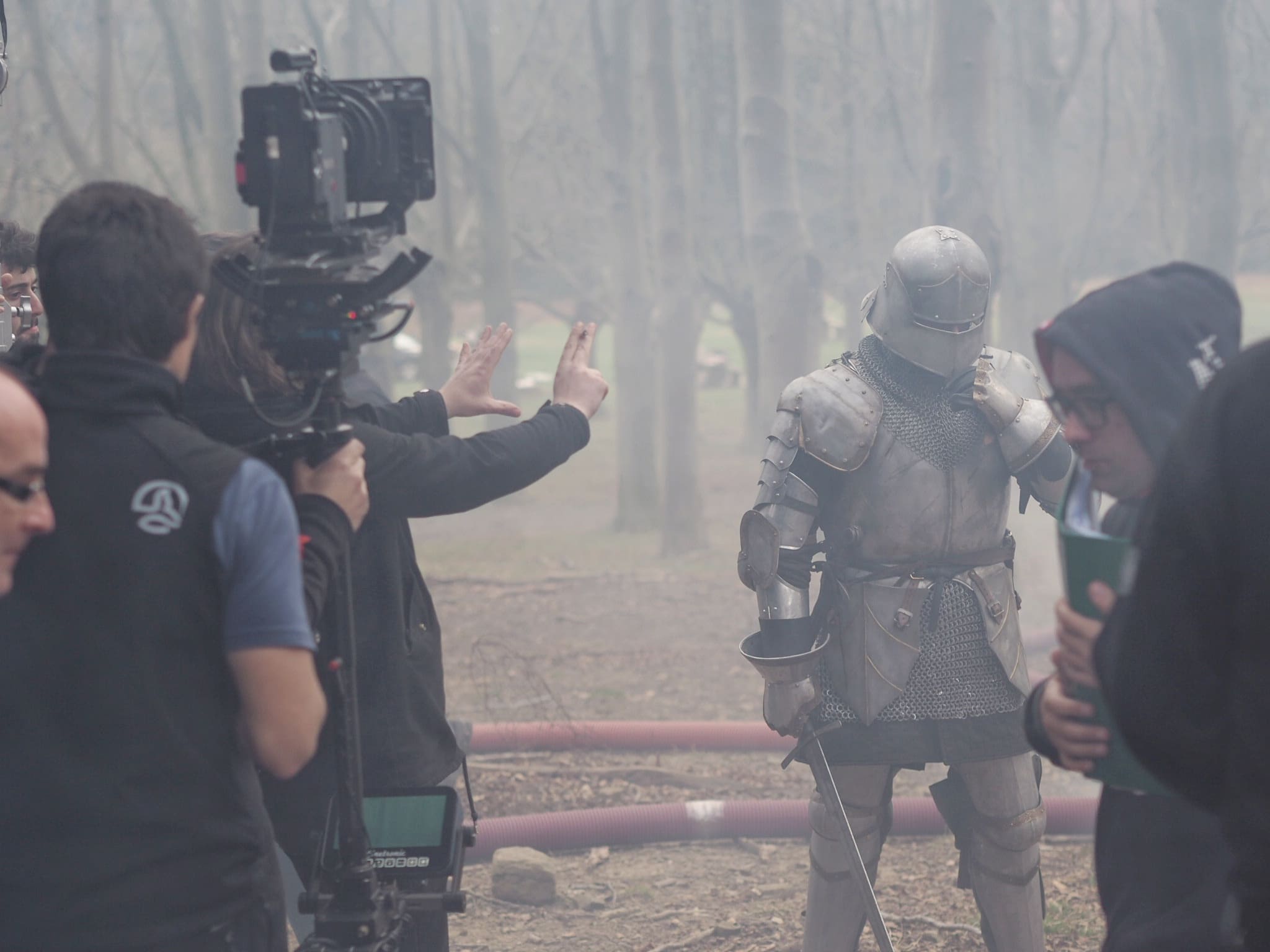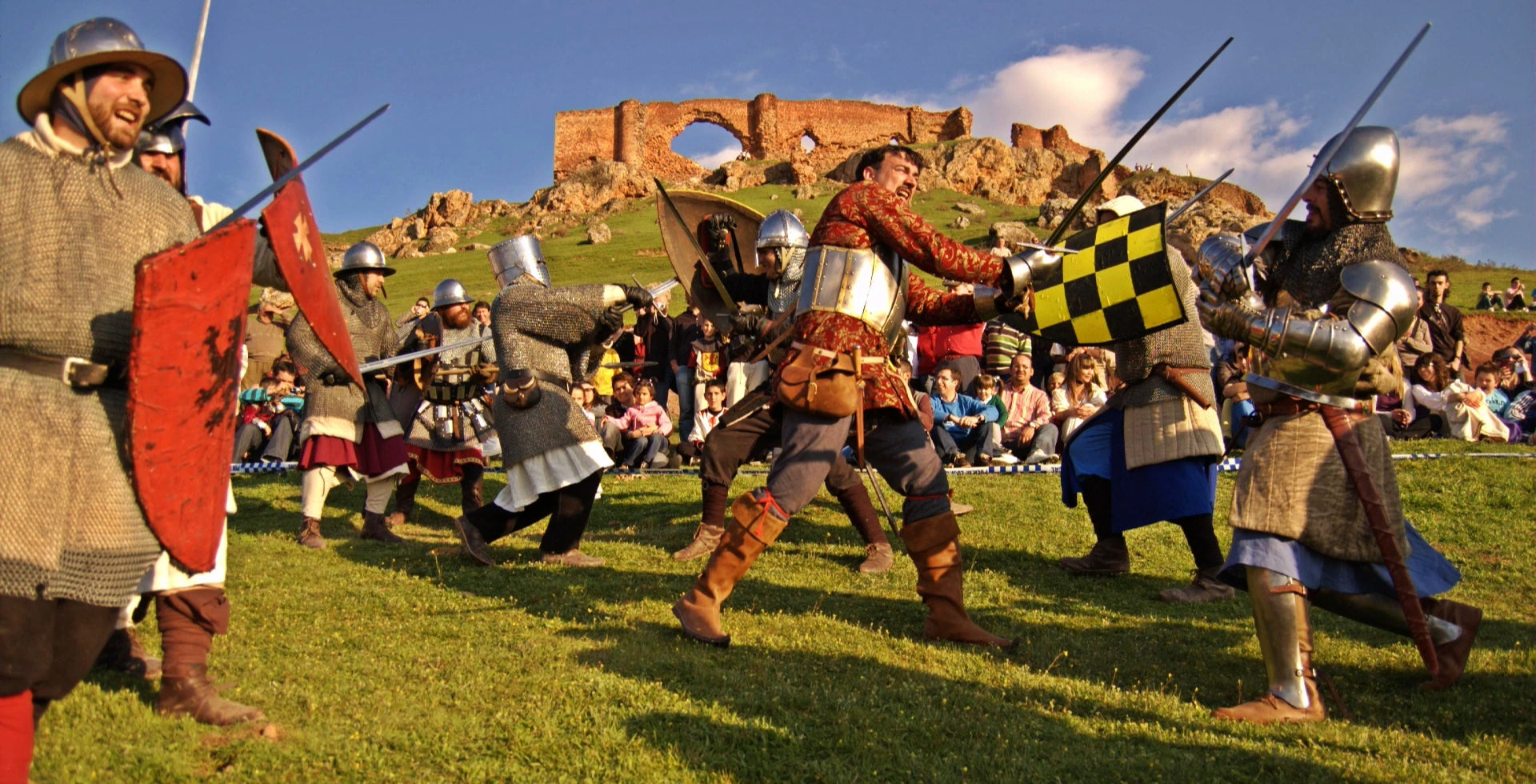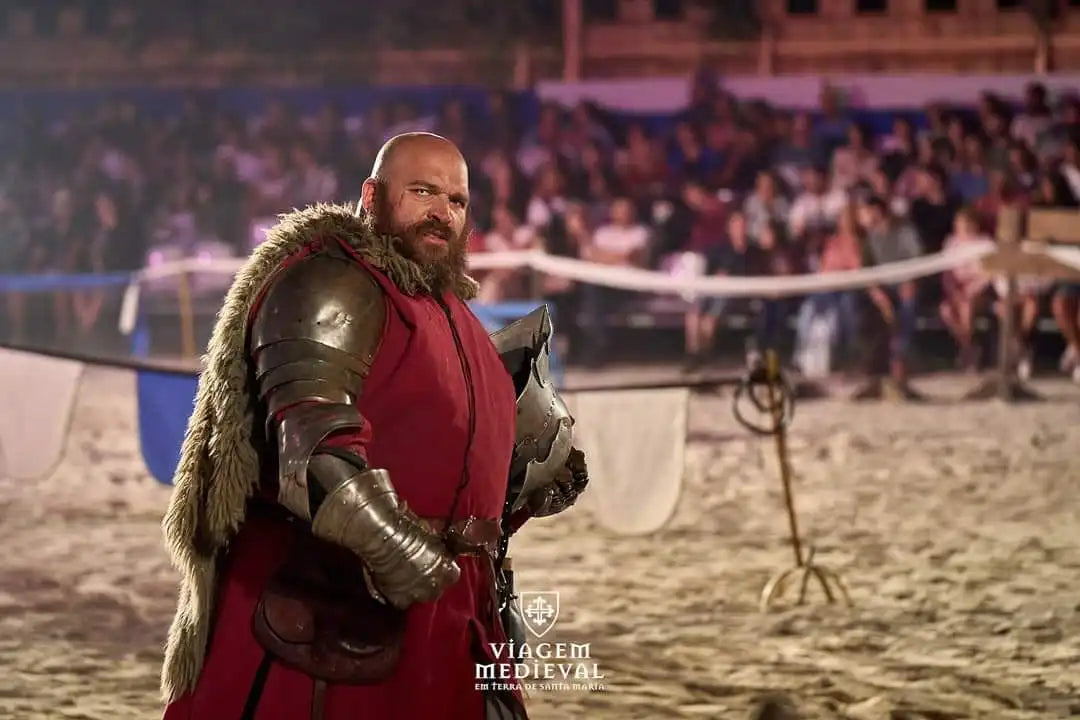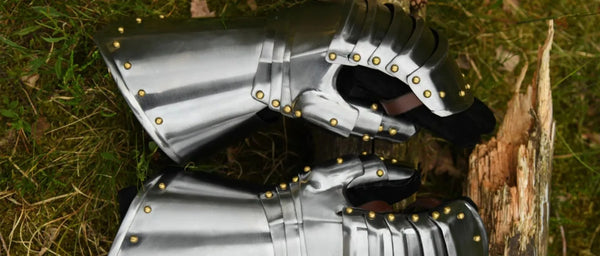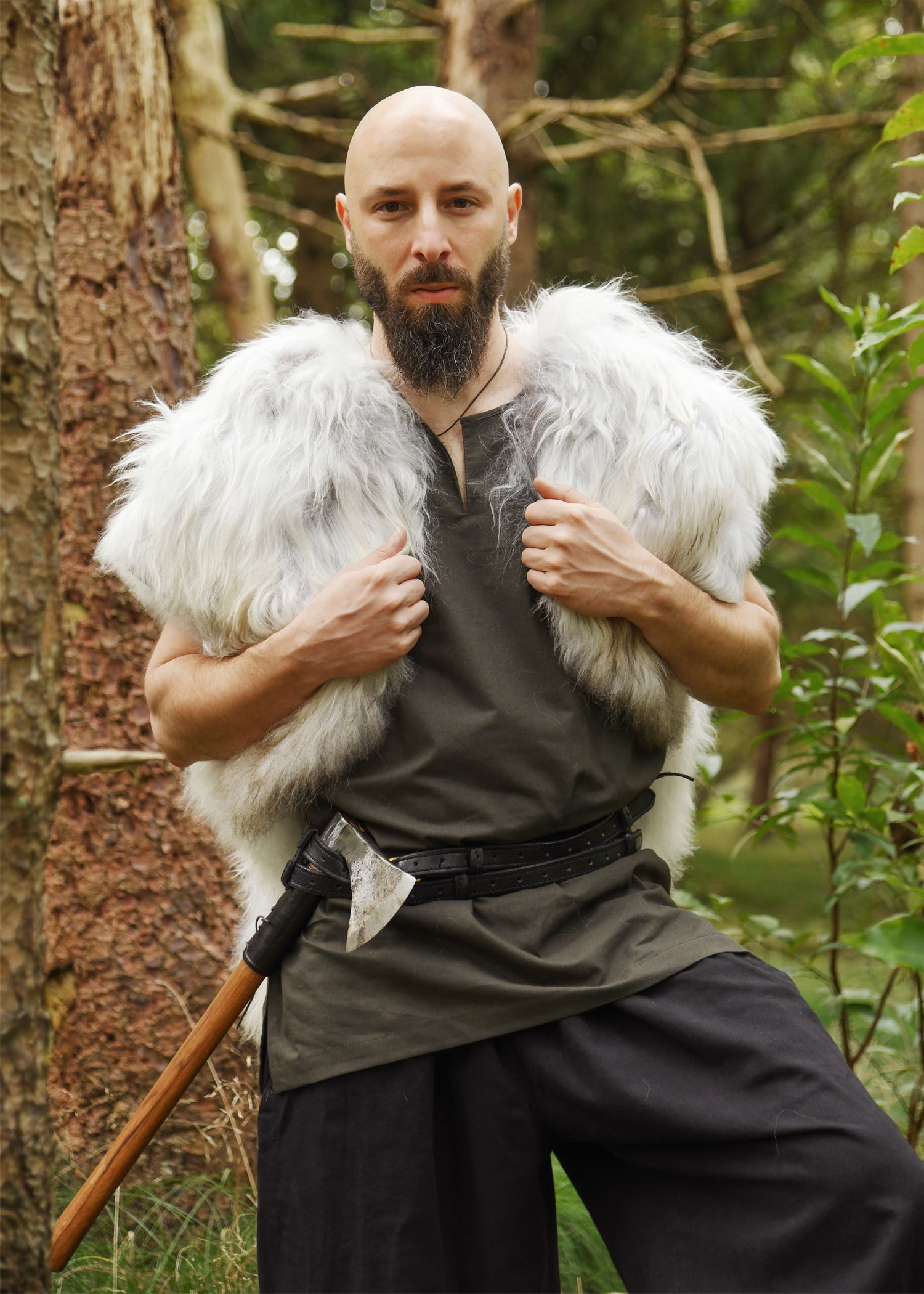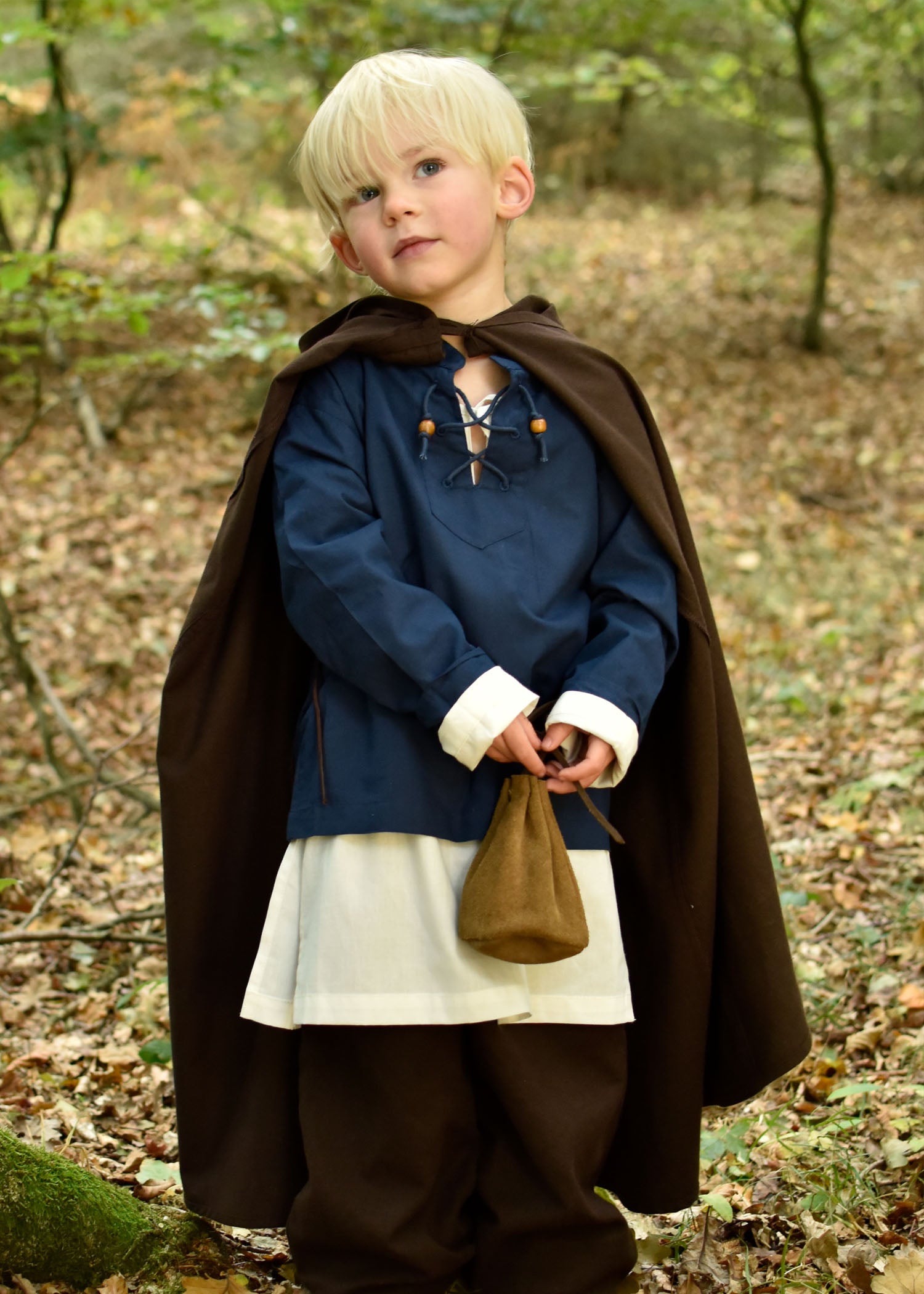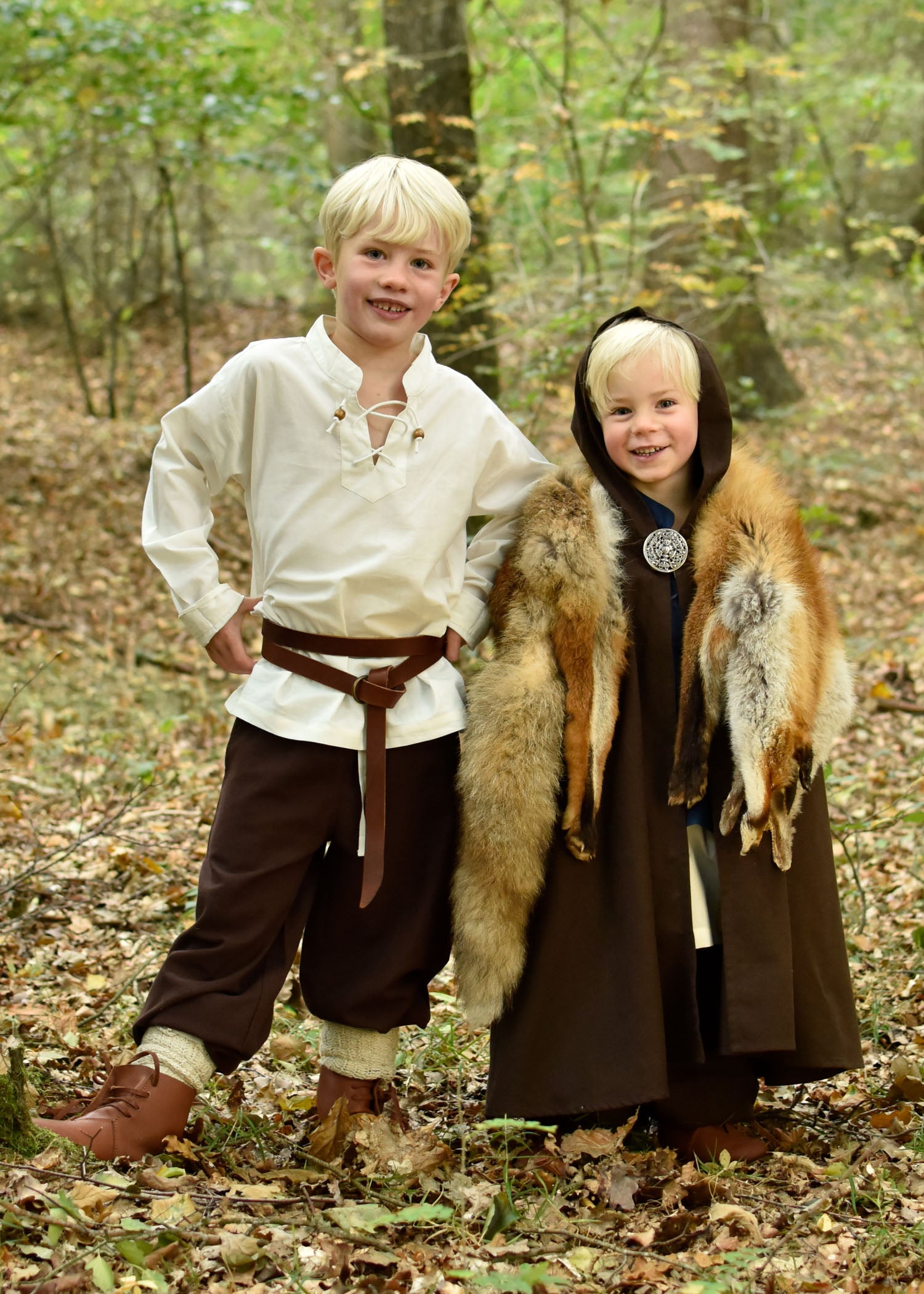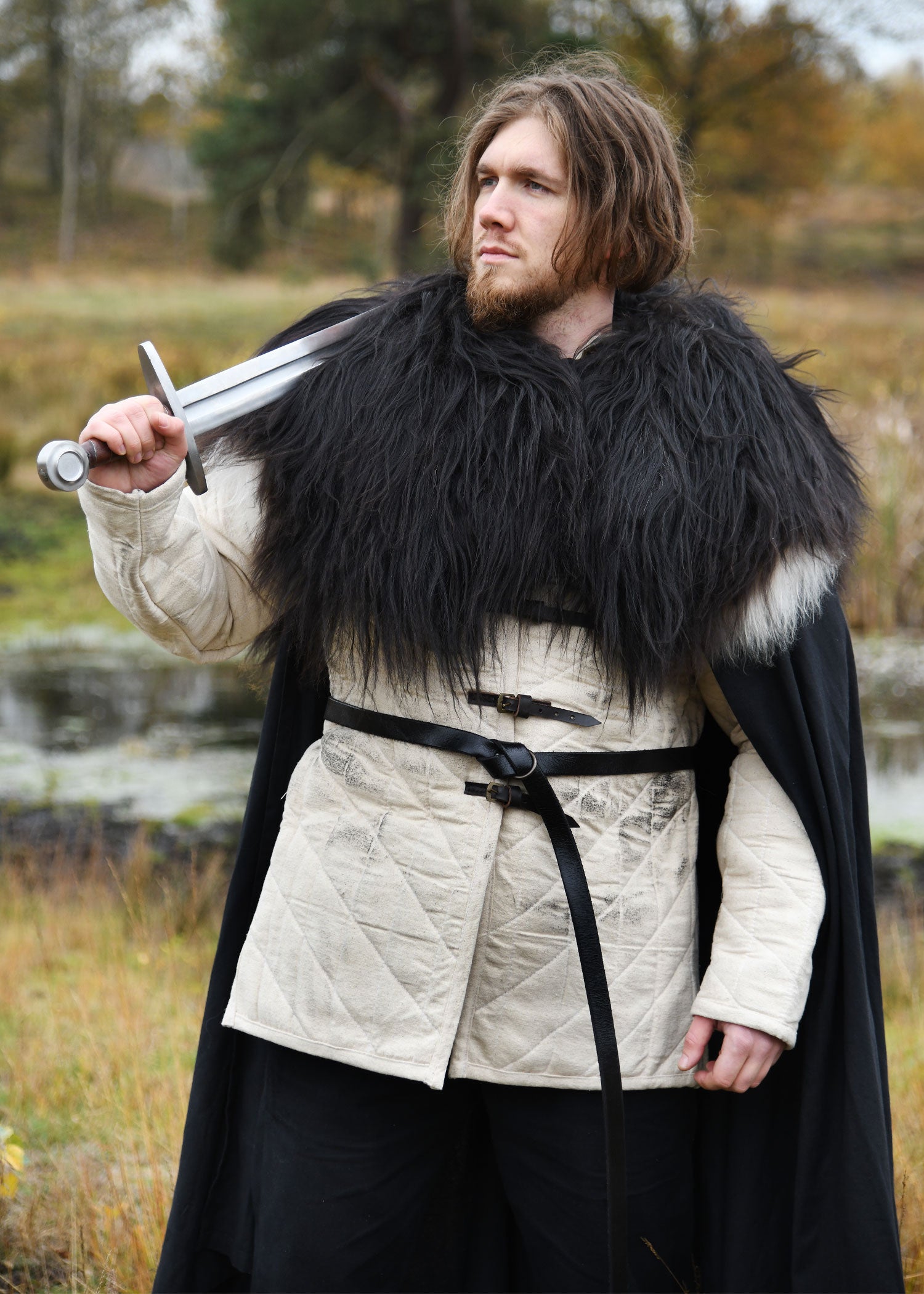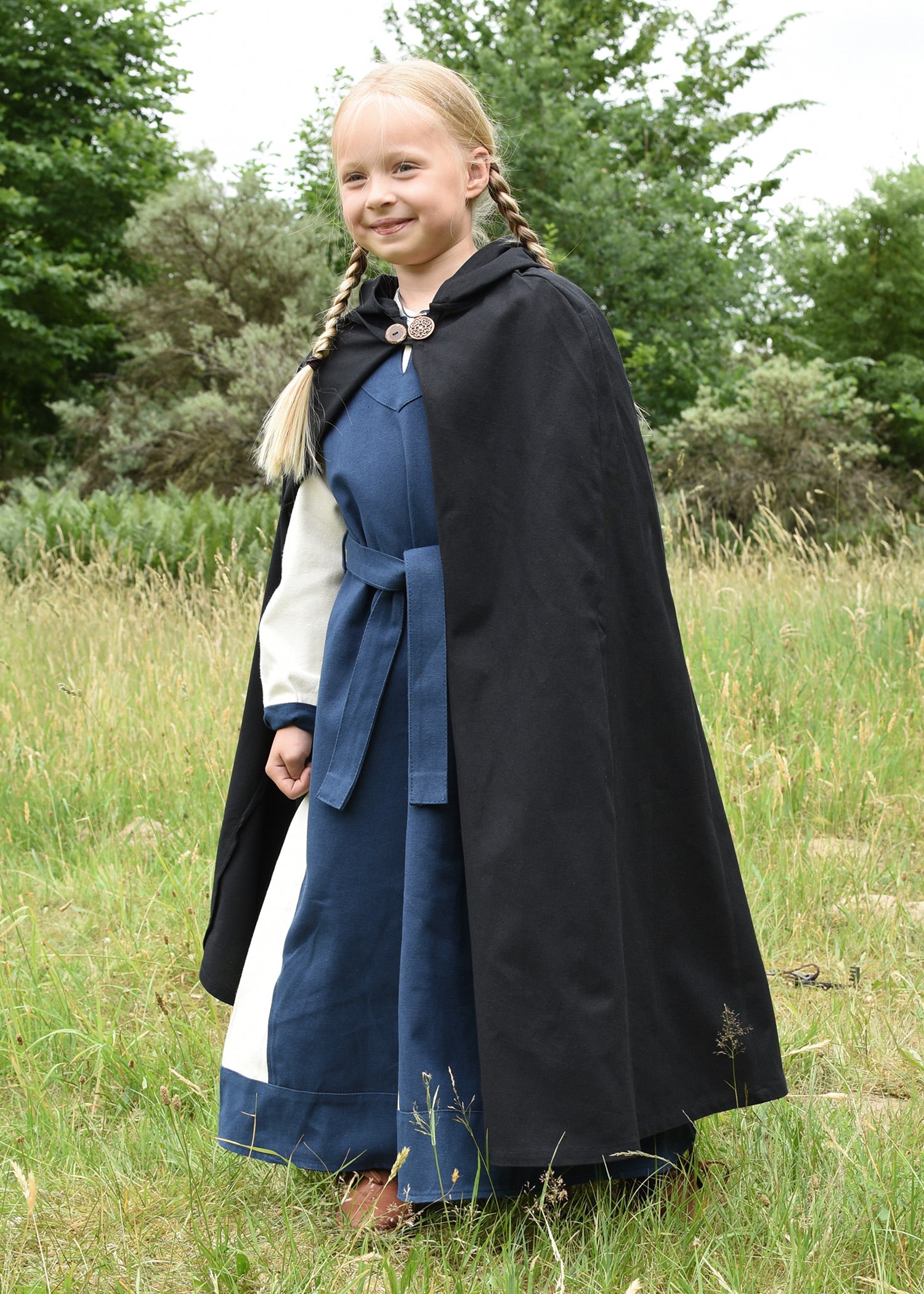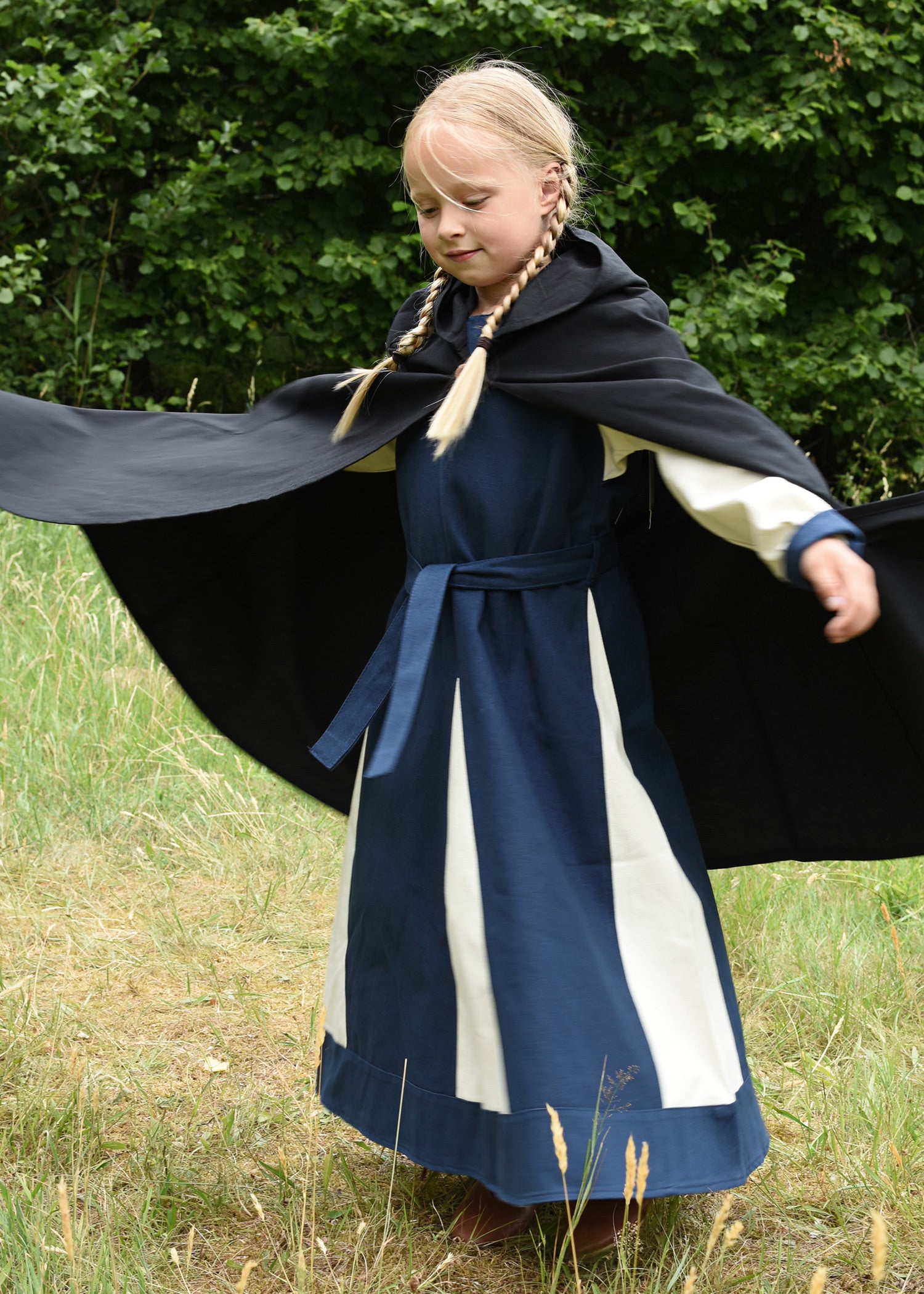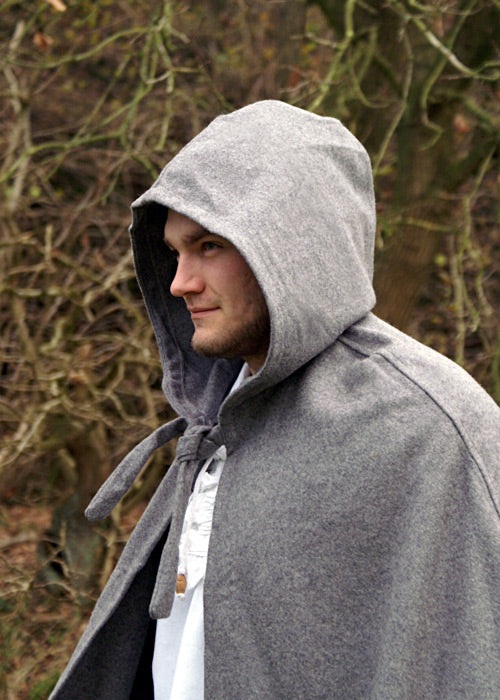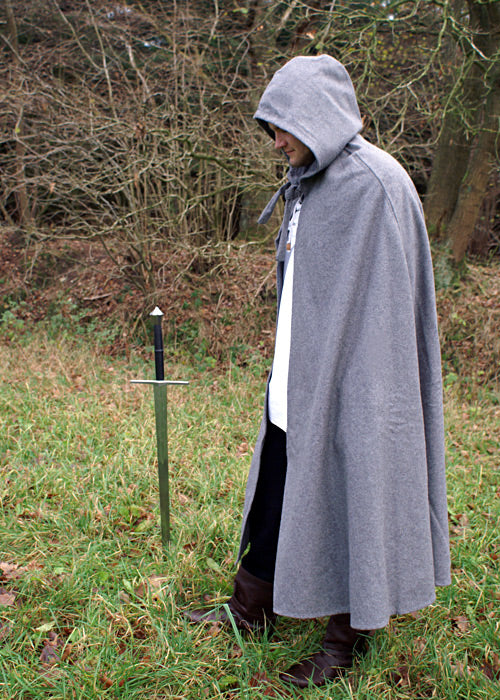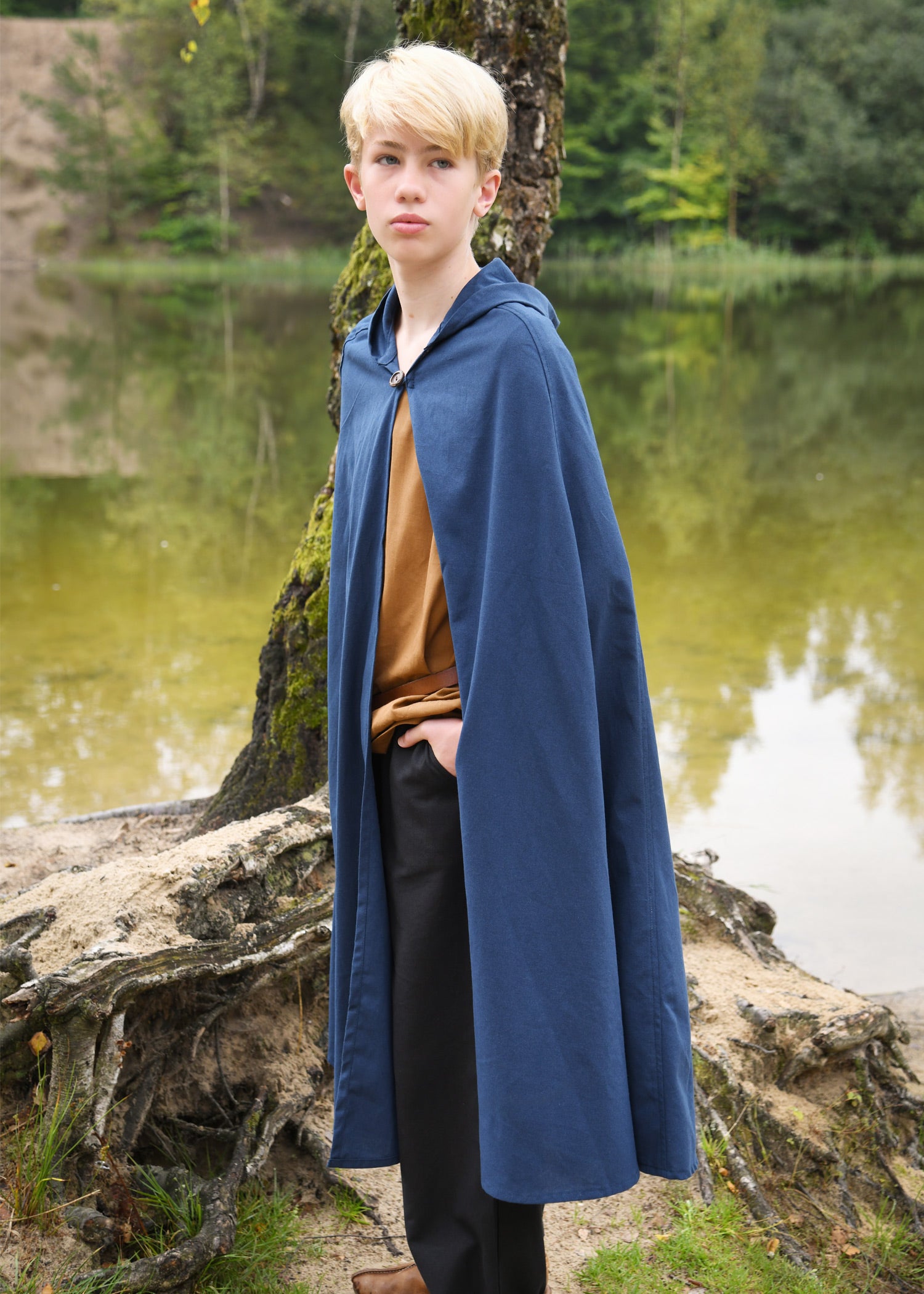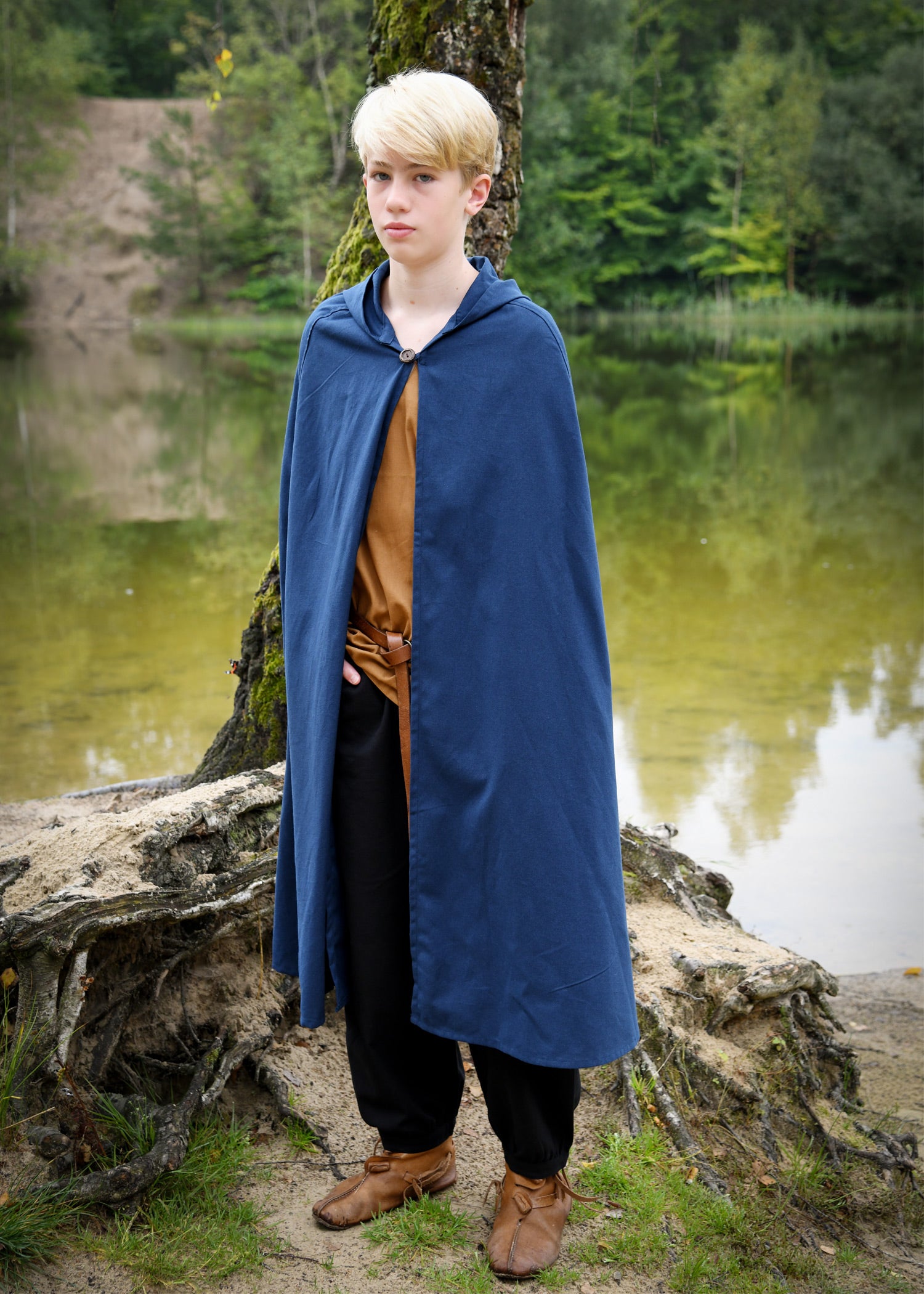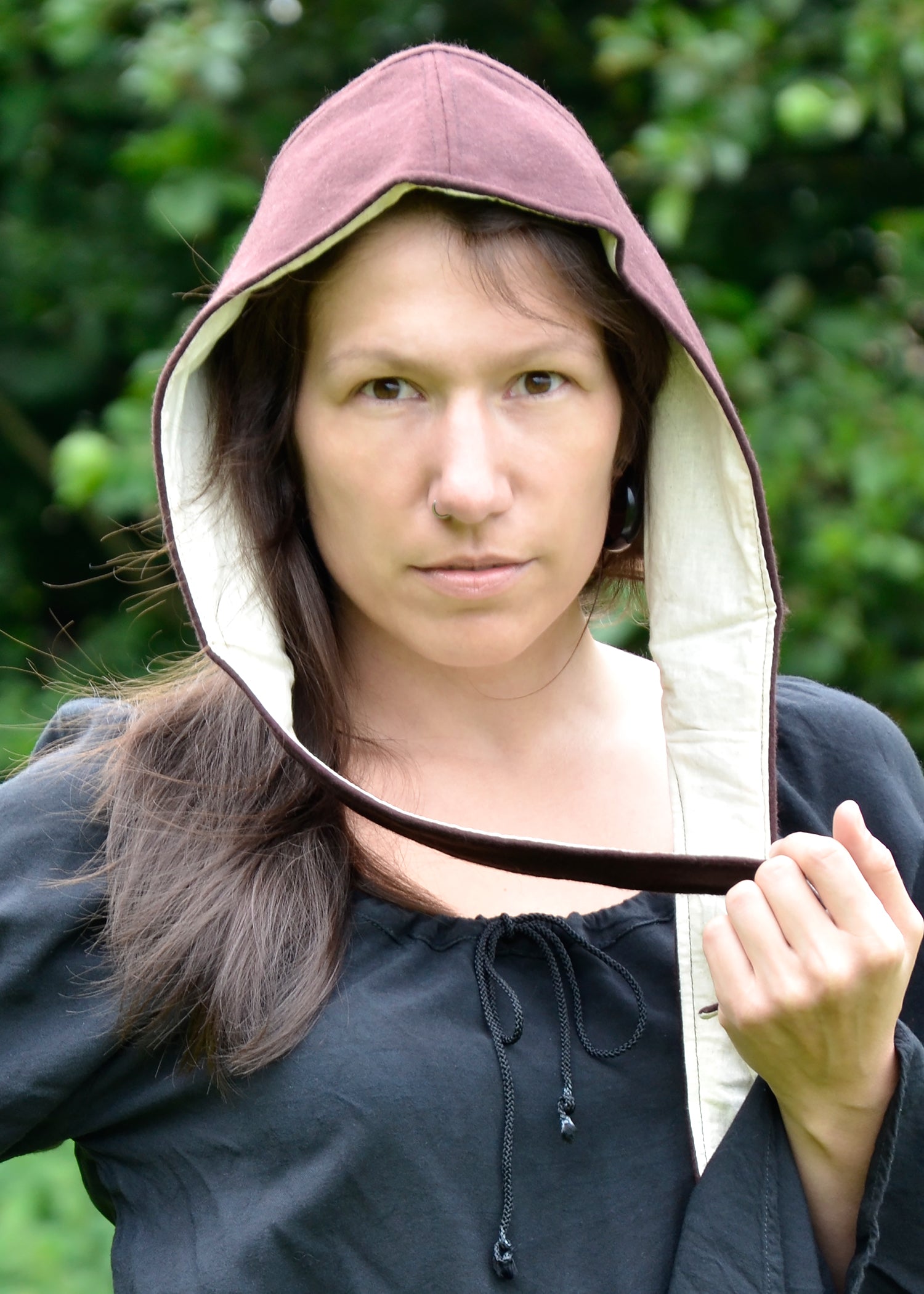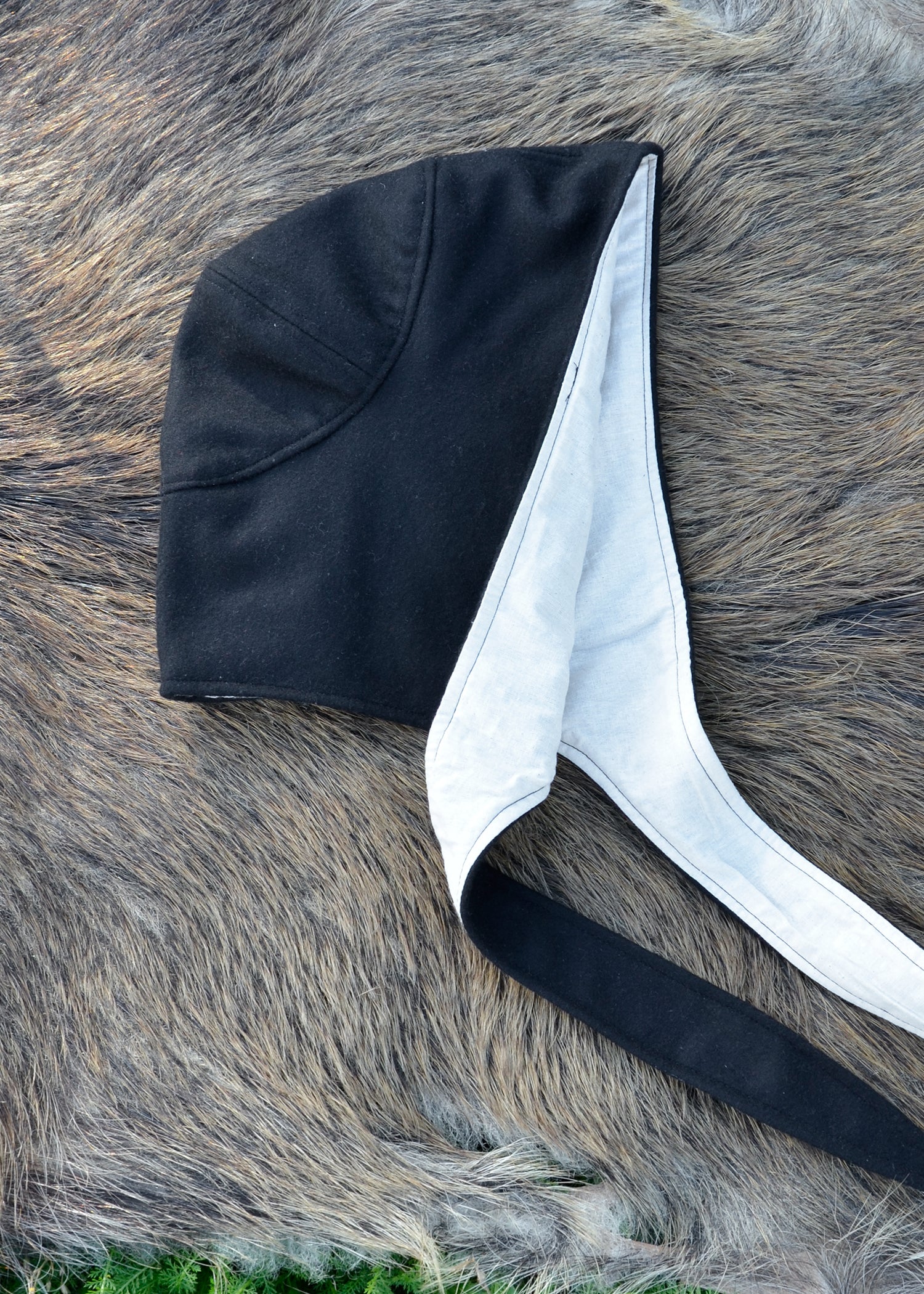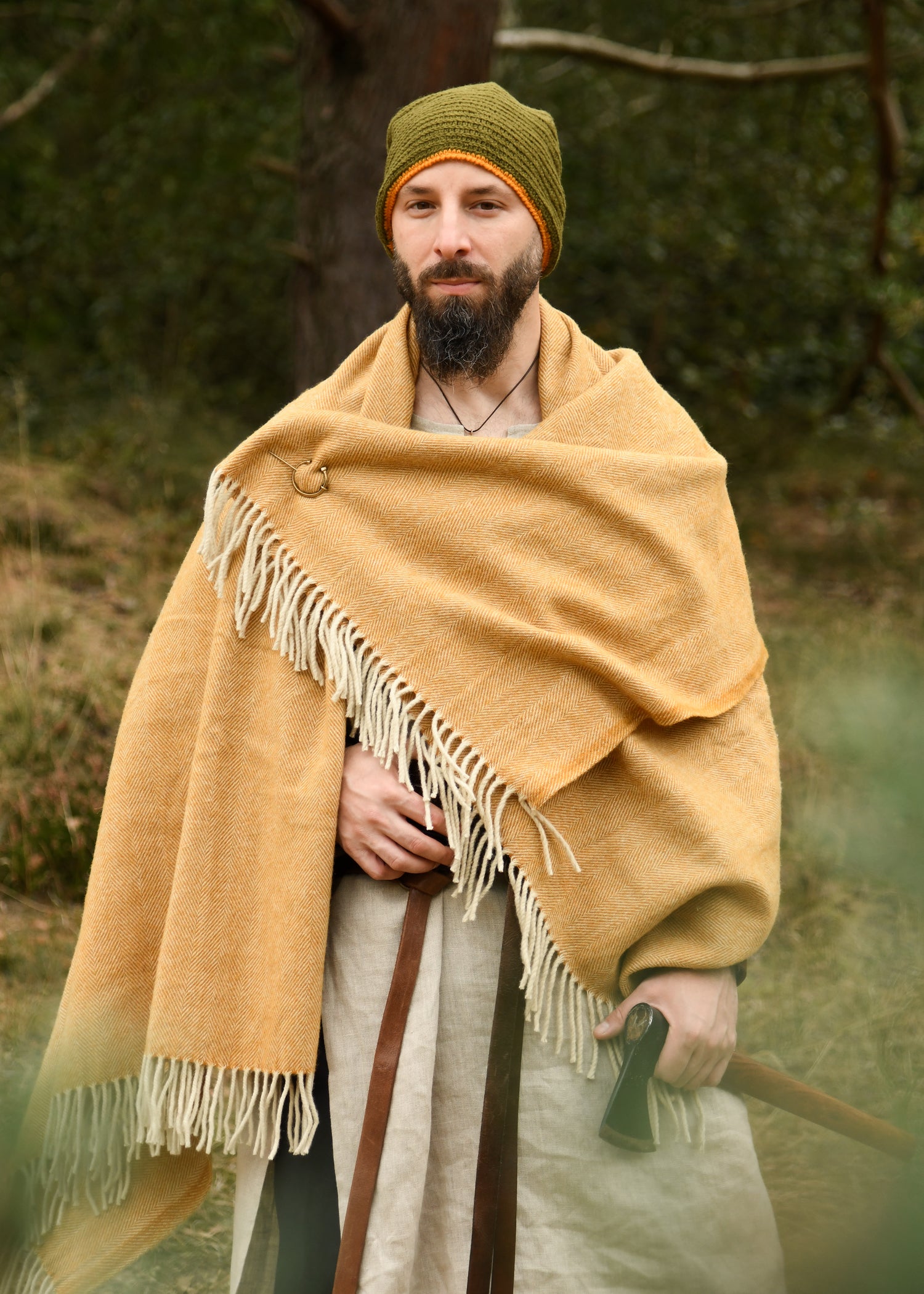Medieval Outerwear: Protection and Style in Cold Climates
The outerwear of the Early Middle Ages was essential for surviving the harsh winters and for protection on long journeys or in battle. Made from warm and durable materials , such as wool, leather, and fur, this clothing not only served a practical purpose but also reflected the wearer's social status. Nobles, knights, and peasants all had different styles and qualities of outerwear, tailored to their needs and resources.
Main types of outerwear of the Early Middle Ages
- Wool or linen cape : Used in combination by all social levels, providing warmth without being too heavy.
- Fur cloak : Mainly used by the nobility, made from animal skins such as fox, lynx or mink.
- Leather or wool hood : Popular among travelers and warriors, offering additional head protection.
- Warrior's Coat : Made from the ugliest materials and often lined with fur to withstand the cold weather of battle.
Characteristics of outerwear from the High Middle Ages
- Warm materials : Wool, linen and animal skins were the most common materials to provide insulation and resistance to the cold.
- Functional design : Garments were loose to allow movement and often included hoods or high collars to protect from the wind.
- Belts and straps : They were used to adjust clothing to the body, especially in capes or cloaks.
- Status decorations : Noble coats tended to be more elaborate, with embroidery, fine furs, and rich colors.
Medieval outerwear was not only vital for protection from the cold, but also reflected the wearer's social status and role, whether in daily life or during a military campaign. If you're looking for replica medieval outerwear for historical reenactment, collecting, or authentic medieval attire , at Medieval Store you'll find styles that will transport you back to the Middle Ages.

